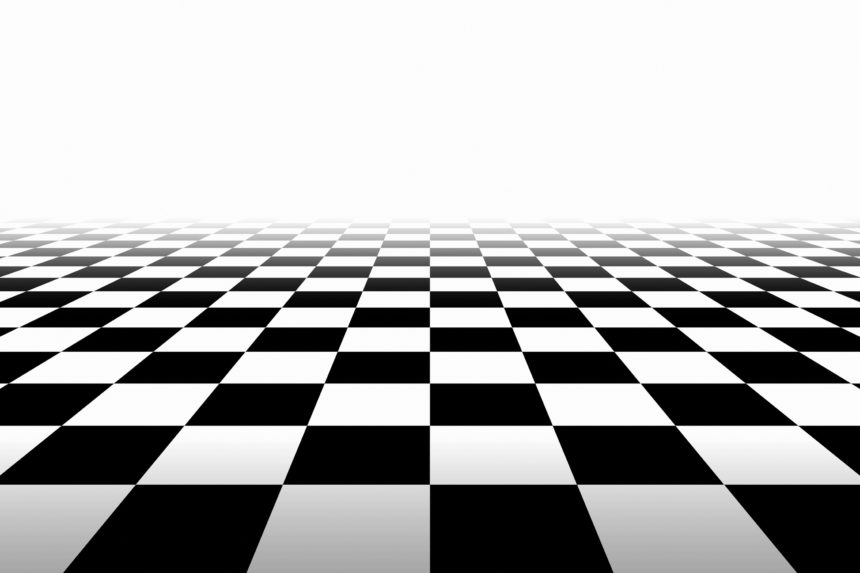
Two new studies underscore the role visual and aural stimulation may play in overcoming Parkinson’s symptoms.
In the first, researchers found that listening to music or humming a song to oneself helped Parkinson’s patients create a steady rhythm that help them control and speed up their gait.
Mental singing was most effective at reducing gait variability, a team of neuroscience and physical therapy researchers from Washington University School of Medicine reported in the Journal of Neurologic Physical Therapy.
Meanwhile, a separate study published in Movement Disorders found that large, transverse rectangular flooring patterns can reduce gait freezing.
Gait freezing occurs when people with Parkinson’s temporarily feel as if their feet are glued to the floor. Previous studies have shown that visual stimuli help cue forward motion, and the new investigation sought to find which patterns are most effective.
The results showed that walking on transverse floor stones improved time, velocity, number of steps and step length when compared with walking on a non-patterned floor.
Patterns projected on the floor were also linked with better walking time and gait speed than real floor patterns, possibly because their novelty drew greater attention and, therefore, better scores.
From the November 2019 Issue of McKnight's Long-Term Care News




